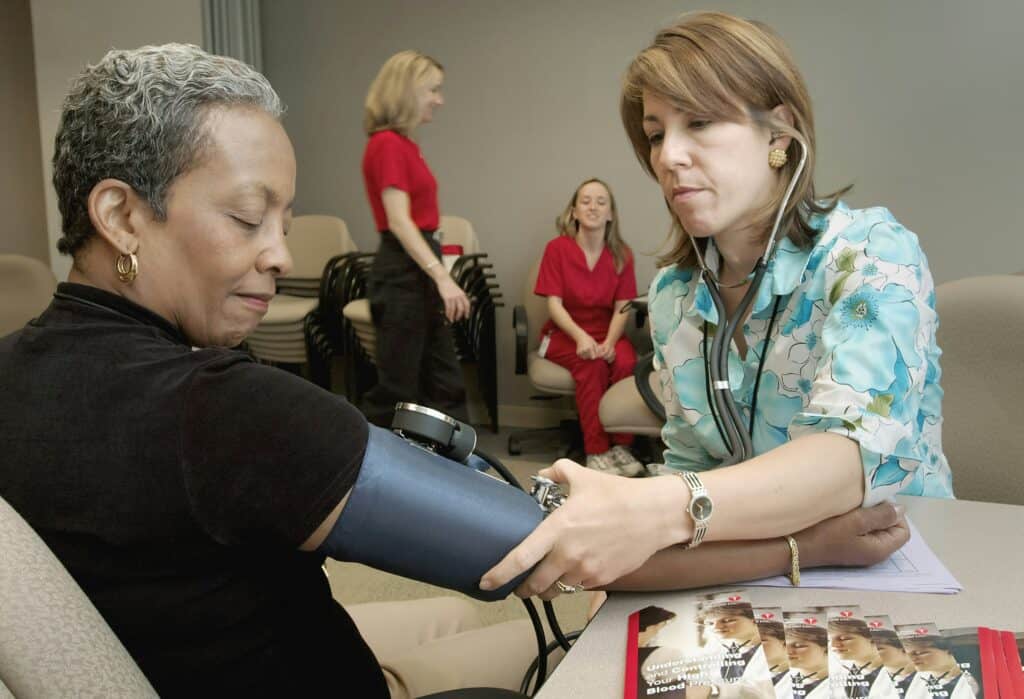Housing vouchers for low-income families aren’t just about providing shelter. They also alleviate family stress and nurture child development. This intuitive connection now has statistical support, thanks to a recent academic analysis of the results of a federal study of voucher recipients.
The study found that individuals in families who received a voucher were 50% less likely to have high blood pressure, 90% less likely to report home heating issues, 80% less likely to miss a rent payment and 40% less likely to lack sufficient living space. They were also five times less likely to feel unsafe in their neighborhood. By reducing the burden of expensive housing, Housing Choice Voucher (HCV) programs lead to better financial stability, lower stress levels and improved child health and educational outcomes.
The US Department of Housing and Urban Development (HUD) allocates nearly 60% of its budget, about $30 billion annually, to the HCV. This program serves around 1.3 million families, including over 2.2 million children each year. Despite this substantial investment, only one-quarter of eligible households actually receive assistance. This means approximately 3.9 million eligible families, including over 6.6 million children, do not receive the vouchers they qualify for. The stark reality is that four times as many Americans, including countless children, are entitled to this support but are left without it due to congressional underfunding and complex bureaucratic hurdles. This gap underscores a significant policy failure that leaves millions of vulnerable families without stable housing.
Securing a housing voucher is also extremely challenging. High demand and long waiting lists mean many eligible families never receive one. Complex eligibility criteria, bureaucratic procedures, and unequal distribution further complicate access to the program.
The shortage of housing vouchers deeply impacts low-income and marginalized communities by exacerbating “weathering,” a concept in public health research that compares the human body to a structure exposed to harsh environmental conditions over time. The absence of stable housing subjects individuals to relentless stress, worsening their socio-economic hardships and leading to severe health problems like hypertension and diabetes. This chronic stress response, known as “allostatic load,” hastens health decline. To combat these disparities, we must incorporate housing solutions into community development, fostering resilience and equitable outcomes. Tackling housing instability is key to mitigating the damaging health effects of systemic oppression.
In addition to the tangible health benefits provided by housing vouchers, there’s a broader lesson to be learned about the transformative power of stable, affordable housing. Access to safe, affordable housing is essential for better physical and mental health outcomes, enhanced educational opportunities, and economic stability. Extending this concept beyond vouchers, investing in affordable housing initiatives has the potential to yield significant dividends for individuals, families, and communities alike.
Affordability is crucial for family well-being. Millions of low-income families spend over 30% of their income on housing. Subsidized housing through vouchers diminishes this burden, improving parent stress and mental well-being, which benefits children.
Research highlights the critical importance of stable housing. It is foundational for mental health, social engagement, community involvement, and overall well-being. Unstable housing leads to higher risks of eviction and financial instability. Stable housing, in contrast, results in better health and educational outcomes, particularly for children. Those spending a large portion of their income on rent report worse health and often delay medical care, negatively affecting caregiver health, maternal mental well-being, and increasing child hospitalization rates. Children in rent-burdened households also have lower health ratings and are less likely to stay in school.
Investing in stable housing also eases the burden on social safety net programs and healthcare systems, freeing up resources for other critical needs. The study underscores that secure housing leads to better health outcomes, which in turn lowers healthcare costs for everyone. When families have stable housing, neighborhoods thrive, leading to safer streets, stronger local economies, and an improved quality of life. By prioritizing affordable housing, policymakers can drive positive change that uplifts entire communities, making it a wise investment for everyone’s well-being and economic prosperity.
Affordable housing isn’t just an economic boost; it transforms lives. When families have stable housing, parents can focus on enhancing their skills, pursuing better jobs, and investing in their education. This leads to higher incomes and economic growth, creating a ripple effect that benefits local businesses and generates jobs. With less financial strain, families rely less on costly social services, decreasing the burden on taxpayers.
But the impact goes deeper. Stable housing helps break the cycle of despair, reducing issues like addiction, homelessness, and crime. It empowers individuals to become self-sufficient, chart their own paths, and build brighter futures for themselves and their children.
The benefits of investing in affordable housing initiatives go beyond housing policy. It’s a fundamental step towards building healthier, more equitable communities for generations to come.
Justin Sackey is an intern at NCRC.



